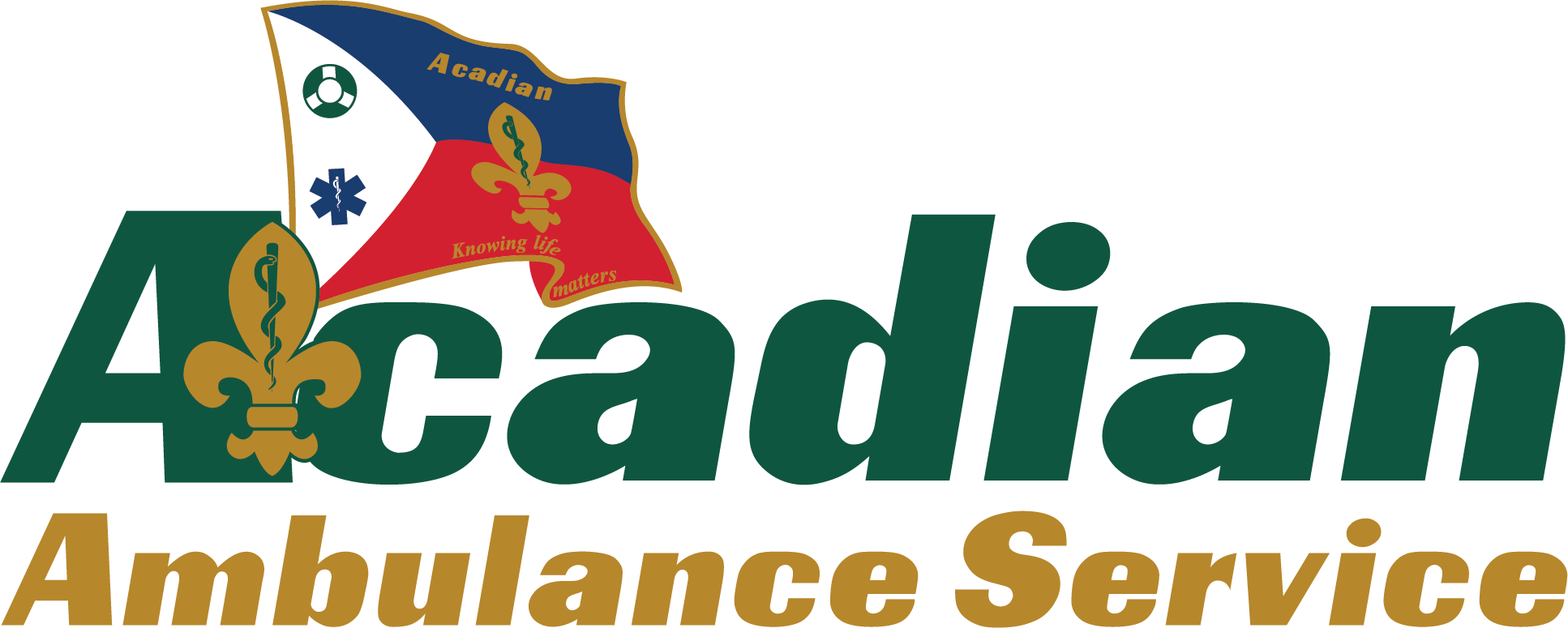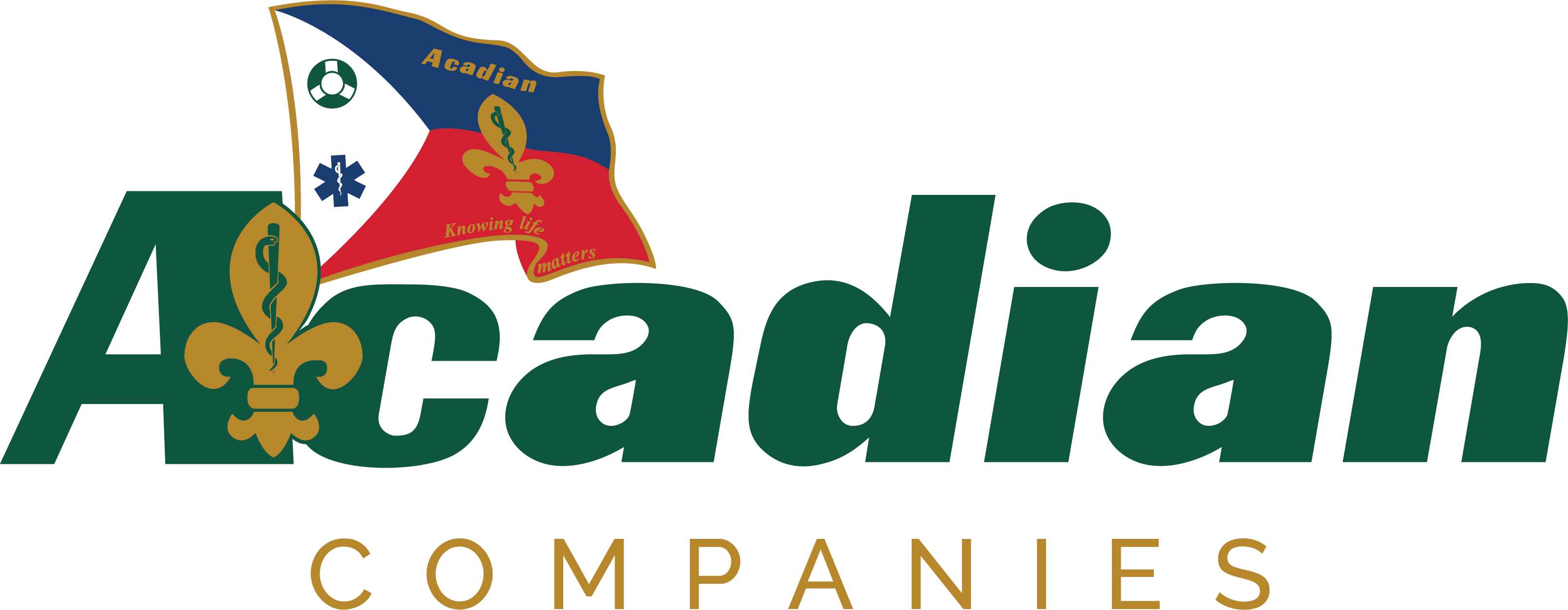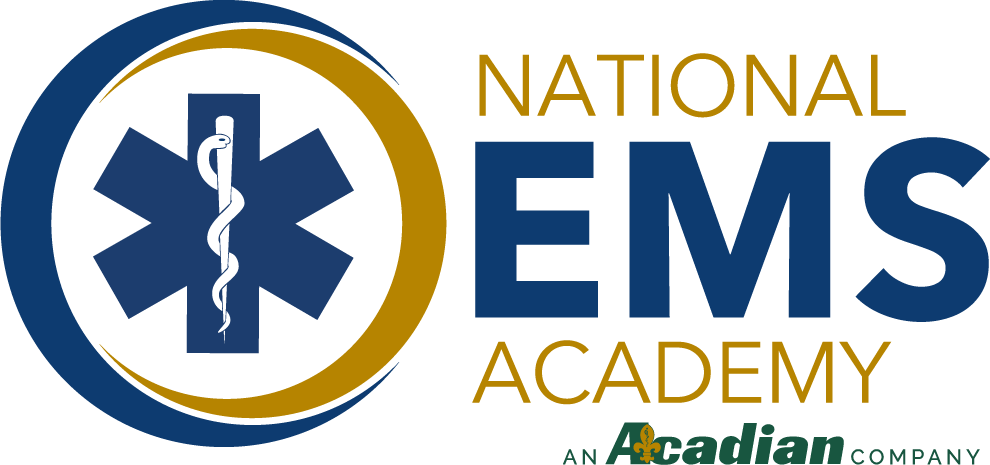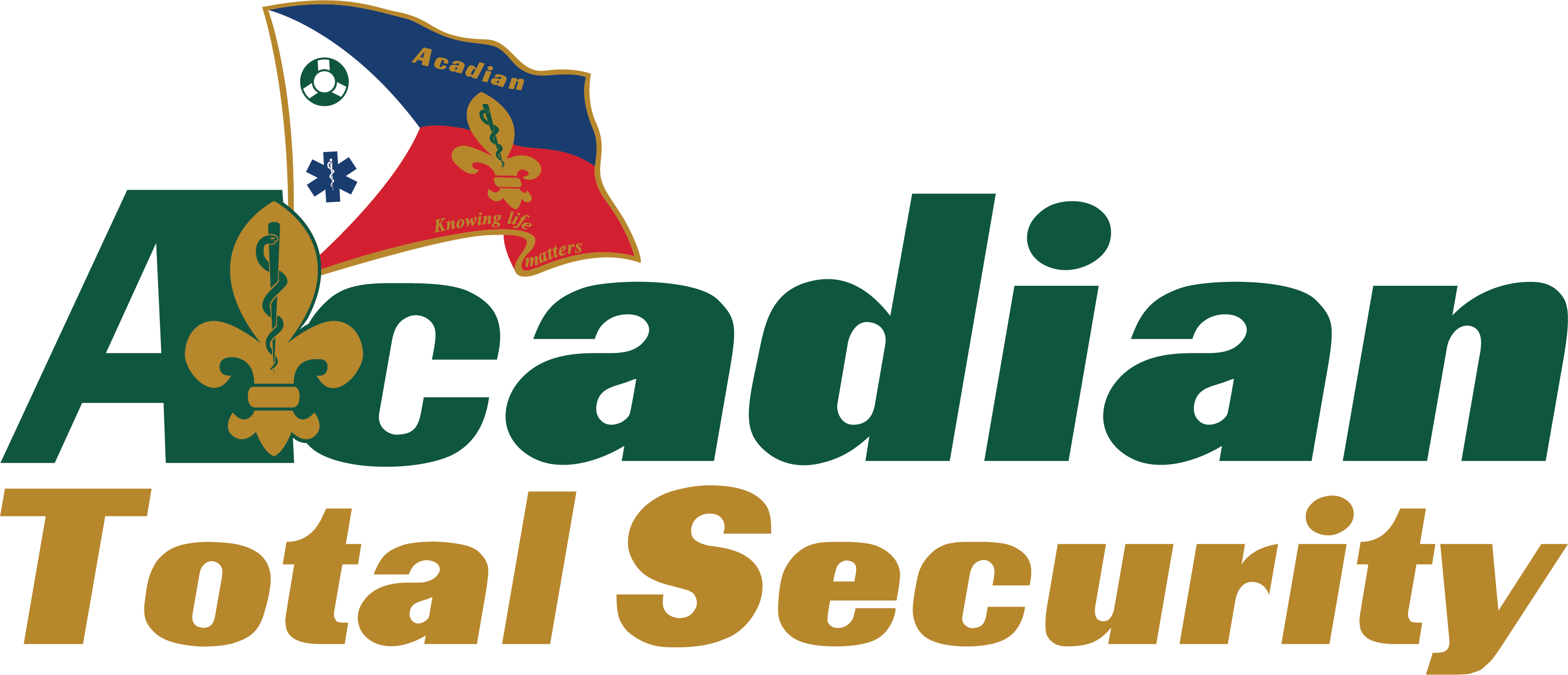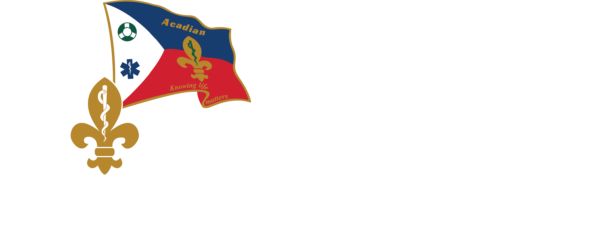A recent study published in the American Journal of Managed Care looked at the impact of an emergency department patient navigator program for patients in a Medicaid accountable care organization across three hospitals in a large health system. The program engaged community health workers to promote primary care engagement, facilitate care coordination, and identify and address patients’ health-related social needs. These findings underscored the importance of patient navigation and patient-centered care.
Nearly 33% of US adults and 13% of children enrolled in Medicaid insurance programs experience obstacles when seeking care. Oftentimes, the obstacles derive from physical and economic barriers that hinder patient access to non–emergent care settings.

Learn more about the study:
Patient Engagement Hit: Patient Navigation Program Drops Emergency Department Utilization





